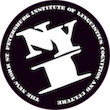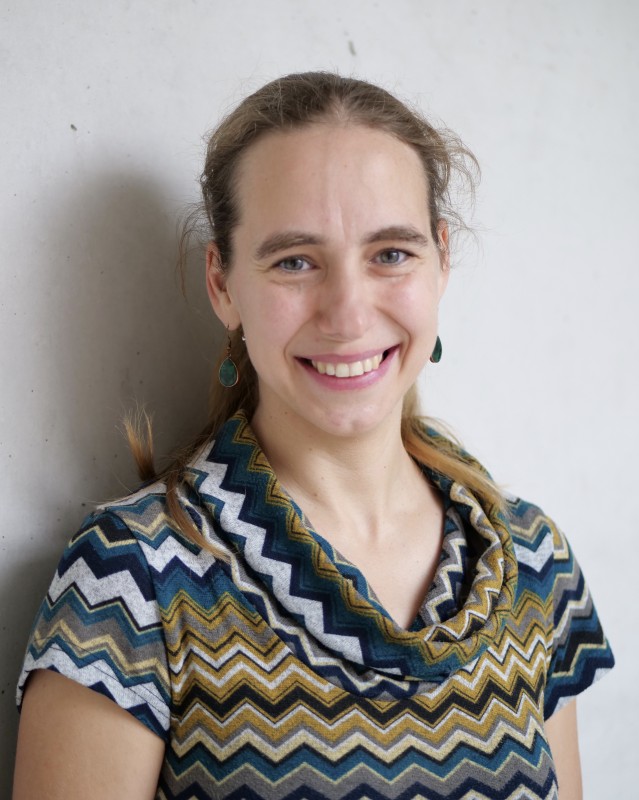Seminar: Ling M: Representational Issues in Phonology (advanced)
Part 1: Representing Tonal Chains and Tonal Shifts: The Roles of Feet and Boundary Edges (Andrew Nevins, UCL).
Part 2: Gradient phonological representations: The solution to account for morpheme-specific phonology? (Eva Zimmermann, University of Leipzig)
Over the last years, there have been several proposals that phonological representations should be gradient, i.e. that each phonological element has a gradient activation that influences its phonological behaviour. In these two classes, we’ll discuss whether instances of lexical exceptionality or doubly conditioned morpheme-specific phonology provide good arguments for this theory.
Part 3: Open questions in the representation of vowels (Markus Pöchtrager, University of Vienna)
When characterising vowels phonetically, we usually refer to tongue position and lip rounding in the first instance. And while such a characterisation sounds quite simple, it is nonetheless an abstraction that brings with it complex questions. Matters get even more difficult when attempting to interpret those differences phonologically. If a language has two types of 'e', is that to be interpreted as a difference in openness? Or ATR-ness? Or tenseness vs. laxness? Something different? And is the difference between those two types of 'e' comparable to that between front and back vowels or not? Any why (not)? Those are the kind of questions to be addressed in this puzzle.



